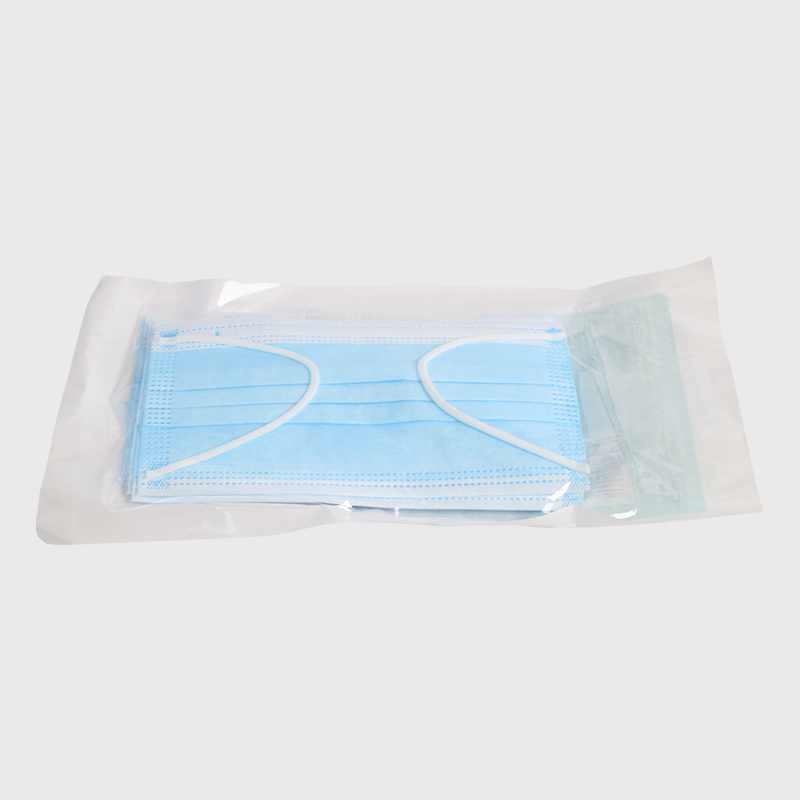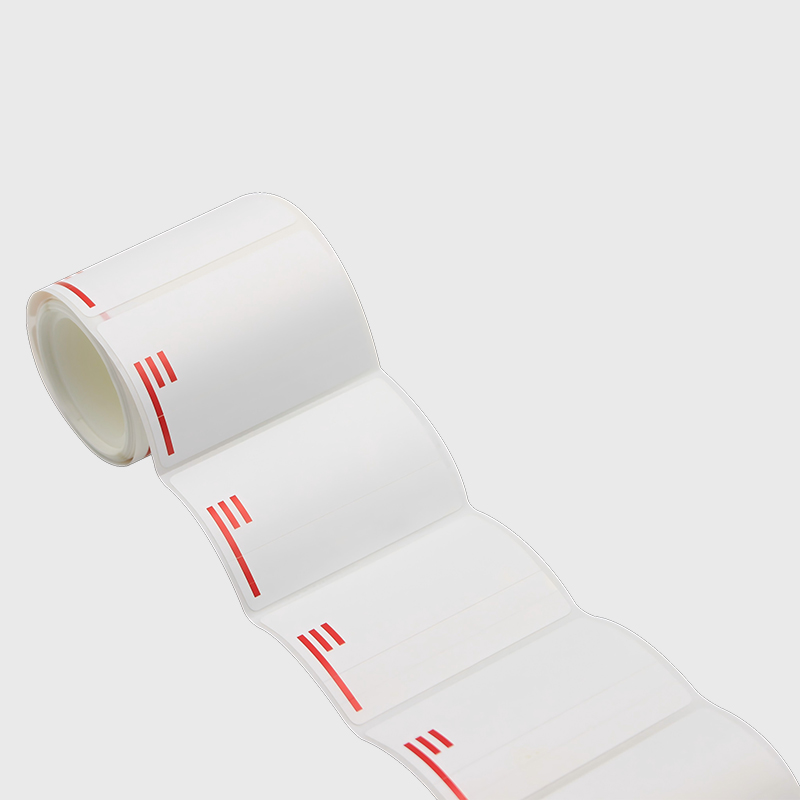Do instrument washer-disinfectors need cleaning?
Content
1. Why do the washer-disinfectors themselves need to be cleaned?
Preventing secondary contamination: During the cleaning process, contaminants such as blood, protein, fat, and scale flushed from instruments can remain on the inner chamber, spray arms, filters, and other components of the washer-disinfector. If not removed, these contaminants can re-contaminate cleaned instruments during the next cycle.
Ensuring cleaning and disinfection effectiveness:
Clogging spray holes: Scale and impurities can clog the small holes in the spray arms, resulting in reduced water pressure, uneven coverage, and ineffective instrument rinsing.
Impacting heating and drying: Scale on the inner walls and heating elements reduces thermal efficiency, resulting in substandard disinfection temperatures and incomplete drying.
Extending equipment life: Regularly removing scale and corrosive residues protects core components such as the inner chamber, water pump, and heating tubes, preventing premature failure.
2. Which parts need to be cleaned?
The cleaning work mainly targets several key parts:
Inner cavity and door seal: Wipe with a soft damp cloth and neutral detergent to remove surface stains and water stains.
Spray arm: This is the most critical part. It needs to be disassembled regularly to check and clear each spray hole to ensure that there is no blockage.
Filtration system: Including the water inlet filter and the main drain filter. It must be cleaned every day or after each use. Trapped debris (such as sutures, bone fragments, plastic pieces, etc.) will seriously hinder drainage and affect water quality.
Drain valve and pipe: Ensure smooth drainage without accumulation of dirt.
3. How to clean? - Daily, weekly and regular maintenance
The cleaning frequency depends on the usage and is usually divided into three levels:
(1). Cleaning every day/after each use
Task: Clean the filter, remove trapped debris and rinse it.
Task: Wipe the inner cavity and door seal with a damp cloth and keep them dry. Purpose: Remove the main pollutants generated by the current cycle.
(2). Weekly/regular cleaning
Task: Disassemble and thoroughly clean the spray arm, and use a fine needle to clear the blocked spray hole.
Task: Check and wipe the nozzle.
Purpose: Ensure that the core flushing components are functioning properly.
(3). Regular descaling and maintenance (most important!)
This is achieved by running a special cleaning program, usually using a special cleaning agent.
Frequency: Usually recommended once a week, and may be required more frequently in areas with hard water.
Special cleaning agents:
Acidic cleaning agents/descaling agents: Mainly used to remove scale and inorganic salt deposits.
Alkaline cleaning agents: Mainly used to remove organic residues such as protein and fat.
Operation method:
Pour the cleaning agent into the designated location in the washer-disinfector (usually the cleaning agent dispenser or directly into the inner cavity).
Select an empty (no equipment) cleaning program (usually a high temperature program) and start it. After the program is finished, drain the waste water and wipe the inner cavity with a damp cloth to remove any loosened residues.



 English
English Español
Español Français
Français












 CONTACT US
CONTACT US